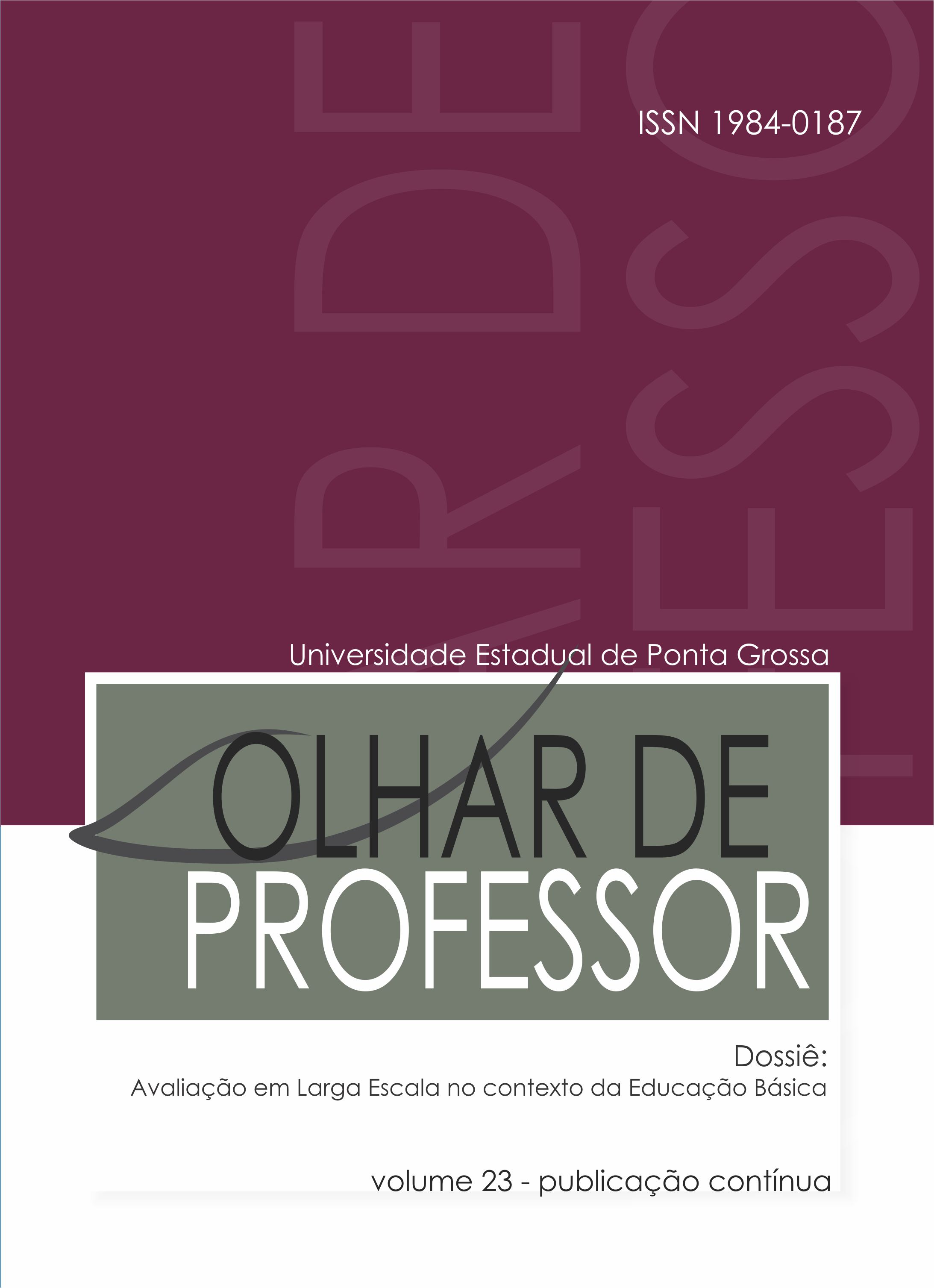Prescription of teaching work in the reference matrix for ENEM's writing
Main Article Content
Abstract
This research aims to investigate the analysis of prescribed work from official documents that intend to direct the activity of Portuguese language teacher in the context of ENEM. In this qualitative research of documentary character, we chose as the object of analysis, the Reference Matrix for the ENEM essay writing, a document that guides the correction of the writing produced in the exam. Therefore, we rely on the notions presented by Amigues (2004), Machado (2009), Souza-e-Silva (2004), Shohamy (2006) and Rajagopalan (2013), in order to discuss the relationships established in the development of teaching work from the new demands of teaching, which influence and are influenced by language policies. The analysis of the documents indicates that, by functioning as a parameter for evaluating the essays, the document ends up influencing the direction of the methodology used by the LP teacher, which must promote the development of the necessary skills for a good performance in the exam.
Downloads
Article Details
Authors who publish in this journal agree with the following terms:
a) Authors keep the copyrights and concede the right of its first publication to the magazine. The work piece must be simultaneously licensed on the Creative Commons Attribution License which allows the paper sharing, and preserves both the author identity and the right of first publication to this magazine.
b) Authors are authorized to assume additional contracts separately, to not-exclusively distribution of the paper version published in this magazine (e.g.: publish in institutional repository or as a book chapter), with the author identity recognition and its first publication in this magazine.
c) Authors are permitted and stimulated to publish and distribute their papers online (e.g.: in institutional repository or on their personal webpage), considering it can generate productive alterations, as well as increase the impact and the quotations of the published paper.
d) This journal provides public access to all its content, as this allows a greater visibility and reach of published articles and reviews. For more information on this approach, visit the Public Knowledge Project, a project that developed this system to improve the academic and public quality of the research, distributing OJS as well as other software to support the publication system of public access to academic sources.
e) The names and e-mail addresses on this site will be used exclusively for the purposes of the journal and are not available for other purposes.

This work is licensed under a Creative Commons Attribution 4.0 International License.





